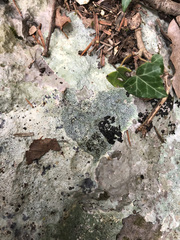Lepiota brunneoincarnata

Lepiota brunneoincarnata is a species of fungus belonging to the family Agaricaceae. This particular species is notorious for being highly toxic and potentially deadly if ingested. It is crucial to be able to identify it accurately, especially for foragers and those interested in wild mushrooms.
Identification Features:
- Cap: The cap of Lepiota brunneoincarnata measures around 3 to 5 cm in diameter. It is initially bell-shaped and becomes flatter with age. The surface is typically brown or pinkish-brown with a scaly appearance.
- Gills: The gills are free from the stem and are white or creamy in color, which contrasts with the darker cap.
- Stem: It has a slender and fragile stem, about 3 to 6 cm long, which is white or light brown. The stem may have a small, persistent ring.
- Spore Print: The spore print is white.
Habitat:
Lepiota brunneoincarnata is commonly found in grassy areas, parks, gardens, and sometimes in woodland settings, particularly during the autumn months. It is indigenous to various parts of Europe, including the Comunidad Valenciana.
Toxicity:
This species contains potent toxins known as amanitins, which are also found in the deadly Amanita phalloides (death cap). Ingesting this mushroom can lead to severe liver and kidney damage, which could be fatal if medical treatment is not sought promptly.
Important Note: Due to its toxicity, it is highly recommended to avoid collecting mushrooms resembling Lepiota brunneoincarnata unless you are an expert in mycology. Proper identification by a knowledgeable individual is crucial to avoid accidental poisoning.






